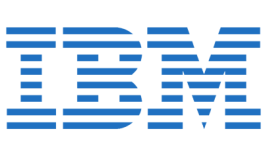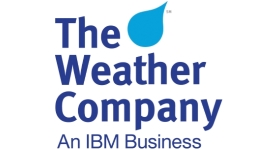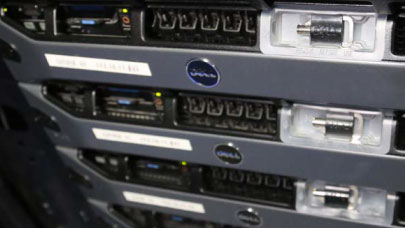An interview with Carole Halnaut, Storage expert at Groupe Octant.
What is your response to those who say that tape is dead?
The problem in the IT environment is that we often use the press and media for advertising purposes. For example, a few days ago, I read in a specialized IT newspaper, the predictions of the HGST Group on the data storage world in 2016: they said that Hard Disks would supplant tape technology. Certainly they were not going to tell it as the contrary, HGST being a hard disk manufacturer. The only anomaly in what they said is that I believed, according to the rumours, that tape was already dead. But then I discovered that in fact, tape is actually not dead yet, but will die shortly, at least according to HGST… I suggest extreme caution to users and readers who come under fire from this type of manipulative hype.
To return to tapes, there’s an excellent interview with Christophe Canal, Sales Director for Oracle in France, on the ITplace.tv internet site. He explains that when you pay taxes, your data is stored on tapes, and that, if you have a private E-Mail, most chances are that they are also stored on tapes. I might even go further and say that, when we look at a video on youtube, it is recorded on tape, that your pictures on Instagram are stored on tape, that your banking records are saved on tapes, your radio scans and other medical records are on tape. Furthermore, the data related to the education of your children is recorded on tape. In short, you can take the TOP 1000 largest European companies and you will see that 95% of them use tape. Here we speak of a product that has become a standard. In contrast, it is obvious that tape technology’s life cycle is not linear: I am one of those who think that the so-called ”golden age” of tape technology, between 1992 and 2003, was just its awkward age: products of very poor quality, poor performance, many different formats that we could have lived without etc… on the contrary, I think we have come into, since 2011, the most beautiful age of tape technology, in terms of both the industrial and qualitative aspects. I personally campaigned to found a new name for tapes manufactured with this new technology called Barium Ferrite, in order to not confuse them with the old formats that have disappeared or even with older LTO tape generations. You could call it the BFT (Barium Ferrite Tapes) or Smart Tapes, or IFO by combining the initials of the three manufacturers who carry tape technology today (IBM, Oracle and Fujifilm) etc. Maybe we should start a contest or a poll in order to find this new name. In short, we are a changing era, and it is necessary to segment the history of data storage into different ages and analyze everything.
Precisely how do you define the different ages of backup of the last 20 years?
I see two main transitions, the first one in 2003, when hard disk supplanted tape as the dominant storage medium and another in 2011, when Barium Ferrite supplanted Hard Disk. You can link these changes to various events or factors such as changes in market demand, advances in manufacturing etc. or even socio-cultural factors.
What do you mean by socio-cultural factors?
IT decision makers did not operate in 2003 as they do now in 2016. In the early years, those who are now between 40 and 70 years old were discovering computers. For many of our generation the idea was that a computer product should be as easy to use as possible. Those who were playing with particularly simple video games in the 80s are the same people who grew up and demanded, in their professional lives, to be given products that were as easy to manage as possible. Times were favorable to the HDD. The one and only advantage of Hard Disk is that it is easier to use than tapes. Otherwise, nothing goes: the writing error rate of disk is ten thousand times higher than that of tape (compare the bit error rate of the Enterprise SATA disk with LTO7’s), the writing speed is almost three times faster for small files. We can add that the ecological footprint of disk was found a hundred times more significant than tape’s by a Clipper Group investigation on a solution moving from 1PB to 28PB over nine years. And, finally, needless to say regarding what is basically making the difference between tape and disk: the fact that tape is a storage solution that keeps data up to 30 years while the disk will start to exhaust after two years and eventually expire after 3-4 years of use. Yet hard disk was a huge success, as it also corresponded to the aspirations of this generation. In addition, hard disk made a breakthrough at a time when the creation of new digital data was flat; it had been a few years since any revolutionary software or format had appeared. Weak data growth added to an urgent need to simplify IT use: everything came together for the success of hard disk.
Today things are different, the new generation has fully integrated the most complex forms of use of digital data. Just give a Smartphone to a teenager, they will know it inside out within less than 24 hours. In other words, the new generation of IT managers is seeking performance: safety, speed, reliability… This new generation is convinced that the role of IT is to improve the business. Purchasing low quality products, even if they are easy-to-use, is no longer a priority. The generational change has definitely played in favour of tape technology.
© HPC Today 2024 - All rights reserved.
Thank you for reading HPC Today.































